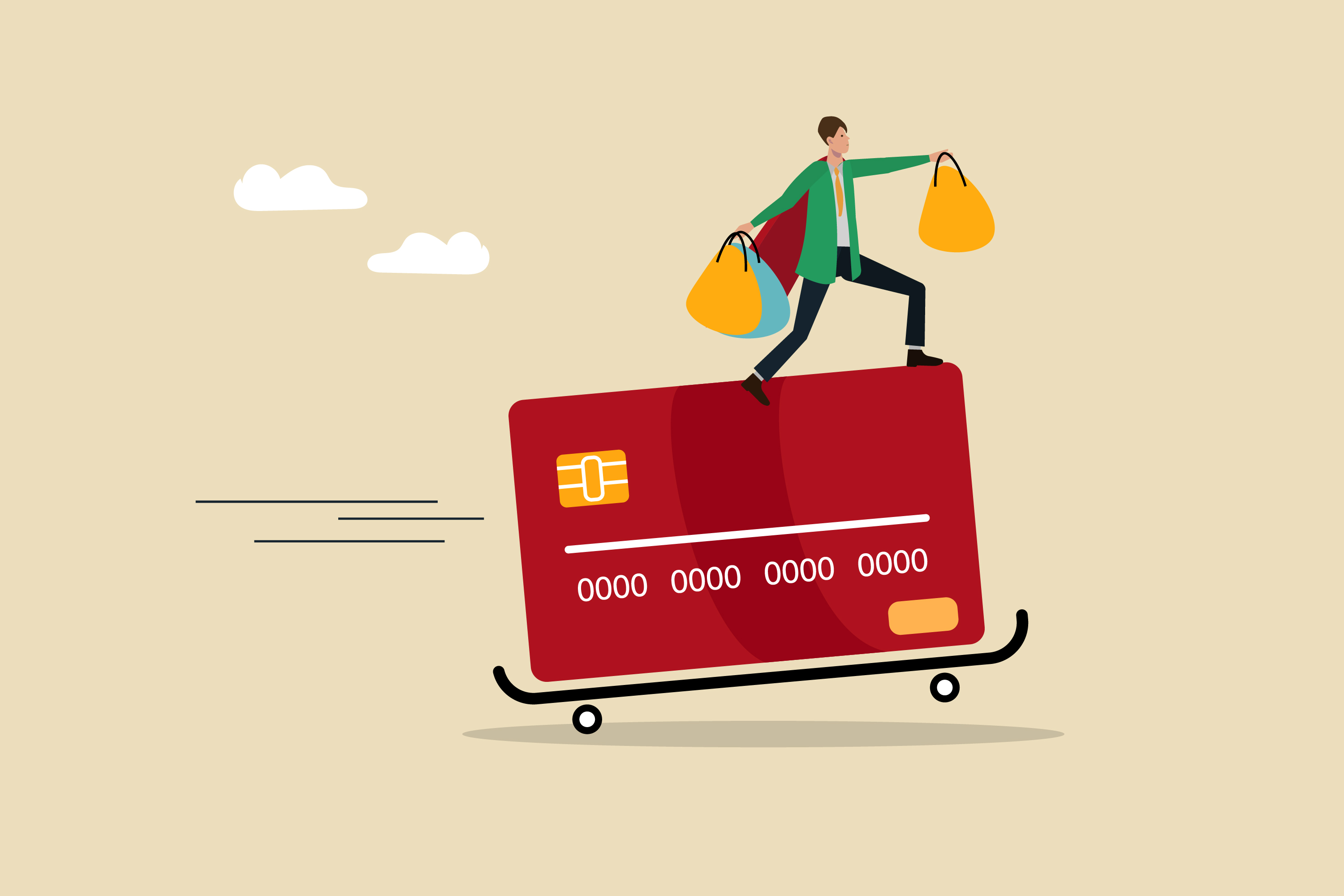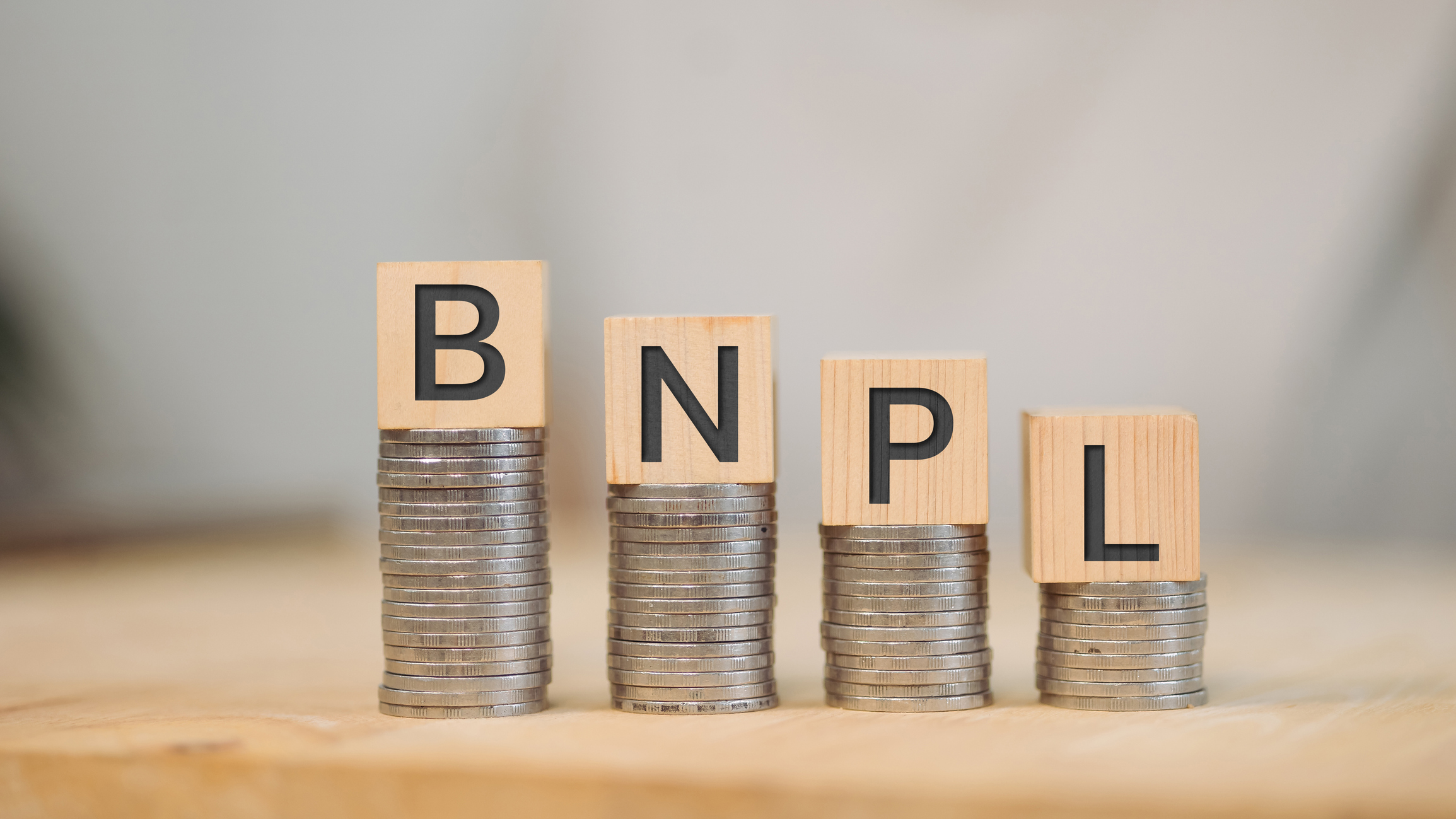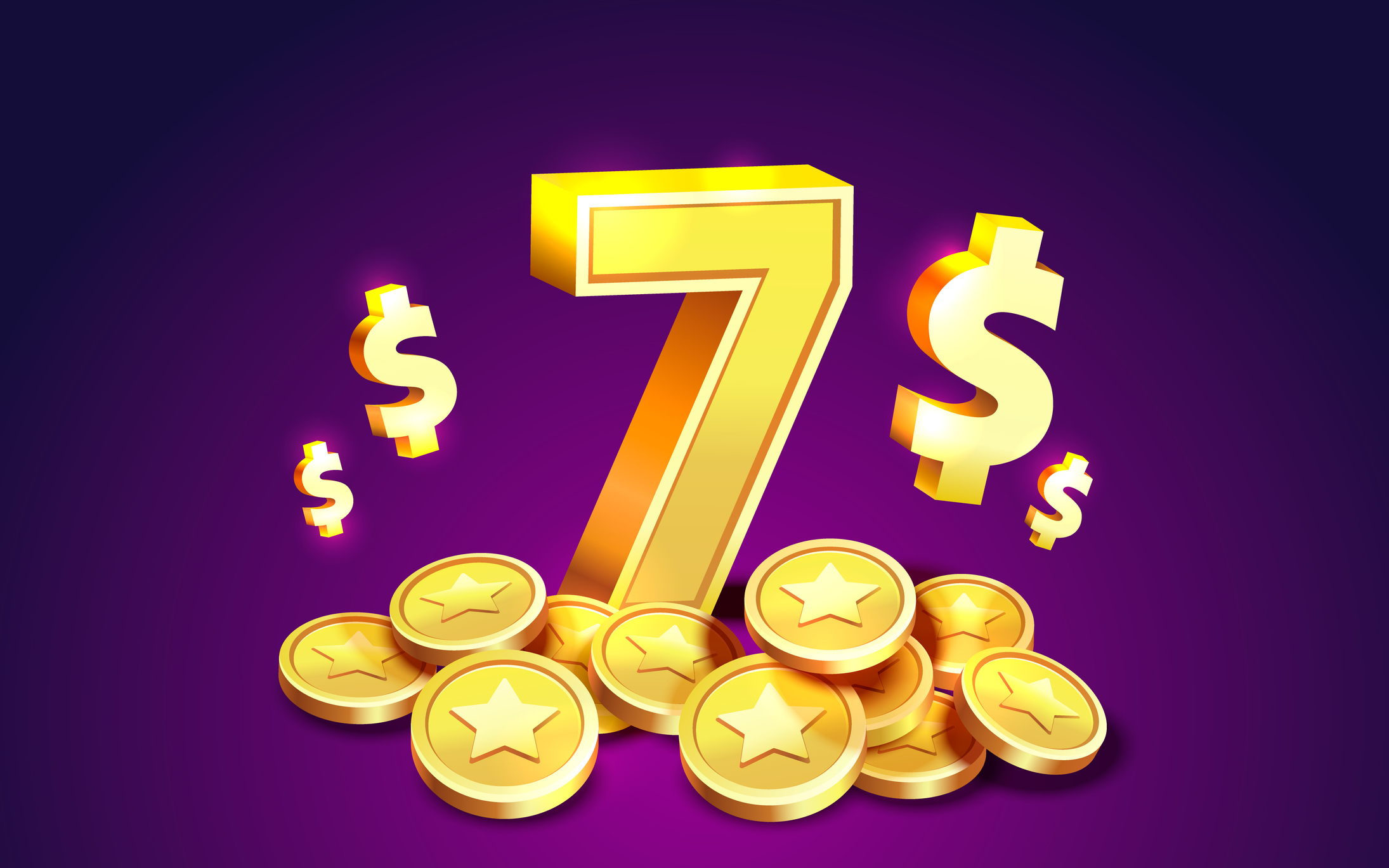Best High-Yield Savings Accounts — December 2025
Our high-yield savings options provide rates up to 4.35%, helping you beat inflation and grow savings faster.

Erin Bendig
High-yield savings accounts give you a chance to reach your savings goal quickly. How? By offering you rates that outpace inflation with no account fees or minimums.
However, you want to act fast to maximize gains. The Federal Reserve has cut interest rates three times this year.
While rate cuts can lower how much you earn, rates are still high enough to help you outpace inflation. Here's a look at the best top high-yield savings accounts to consider, how much you can earn and the pros and cons of using one.
From just $107.88 $24.99 for Kiplinger Personal Finance
Become a smarter, better informed investor. Subscribe from just $107.88 $24.99, plus get up to 4 Special Issues

Sign up for Kiplinger’s Free Newsletters
Profit and prosper with the best of expert advice on investing, taxes, retirement, personal finance and more - straight to your e-mail.
Profit and prosper with the best of expert advice - straight to your e-mail.
The best high-yield savings accounts for December 2025
Here are some of the best options we found:
Account | APY | Min. opening deposit |
|---|---|---|
4.35% | $0 | |
4.10% | $2,500 | |
4.05% | $0 | |
4.05% | $100 | |
4.02% | $500 | |
4.00% | $1,000 | |
3.75% | $5,000 |
How much can high-yield savings accounts earn you?
Unlike traditional savings accounts, which offer, on average, lower returns, high-yield options allow you to grow your money fast.
If you select our top choice, Newtek Bank, here's how much you can earn in one year with varying deposits:
- $10,000: $443.78 in earned interest
- $25,000: $1,109.65 in earned interest
- $50,000: $2,218.89 in earned interest
- $100,000: $4,437.78 in earned interest
Rates on high-yield savings accounts are always changing, so a good way to check for some of the most up-to-date rates is by using the savings tool, below, powered by Bankrate:
Pros and cons of high-yield savings accounts
As with all savings products, there are pros and cons associated with high-yield savings accounts. It's important to compare all aspects of an account to make sure it meets your needs before opening it.
Pros:
- Higher APYs: Since high-yield savings accounts have higher APYs than traditional savings accounts, you’ll accrue more interest over time. Plus, interest in these accounts is compounded daily.
- Safety: Many high-yield accounts are FDIC or NCUA insured, meaning that if something were to happen to the bank (or credit union) your account is with, your money will still be safe.
- Accessibility: While there are limitations on the number of free withdrawals you can make from a savings account, your money is still readily accessible whenever needed.
Cons:
- Harder to access than traditional savings accounts: If you have a savings account with a different bank than your checking account, you may have to wait a few days for funds to transfer from one to the other. Plus, you won't be able to easily view account details for both accounts in one place unless you have the right budgeting app.
- Not suited for long-term goals: If you're looking to save for long-term goals, like retirement, other investments, like stocks, are usually a better choice for your money. The rate of inflation can be higher than what you earn in interest.
- Variable interest rates: Since interest rates are variable, the APY on the account can decrease from the rate it was when you opened the account if the Fed decides to cut rates again in the future.
- Minimum deposit requirements and fees: Many high-yield savings accounts charge a monthly fee and/or require a minimum deposit to earn the advertised APY.
- Online banks: Since most high-yield accounts are offered by online banks, you likely won't have branch access. Therefore, contacting customer service or accessing a fee-free ATM might be more challenging.
Bottom line on high-yield savings accounts
High-yield savings accounts offer higher rates than traditional savings accounts, meaning your cash will accrue more interest by simply sitting in a high-yield account than it would in a standard account. And there's no risk, either.
The downside? Since rates on high-yield savings accounts fluctuate with the market, take advantage of the best rates while you still can.
Related Content
Profit and prosper with the best of Kiplinger's advice on investing, taxes, retirement, personal finance and much more. Delivered daily. Enter your email in the box and click Sign Me Up.

Sean is a veteran personal finance writer, with over 10 years of experience. He's written finance guides on insurance, savings, travel and more for CNET, Bankrate and GOBankingRates.
- Erin BendigPersonal Finance Writer
-
 What to Do If You Plan to Make Catch-Up Contributions in 2026
What to Do If You Plan to Make Catch-Up Contributions in 2026Under new rules, you may lose an up-front deduction but gain tax-free income once you retire.
-
 If You'd Put $1,000 Into Lowe's Stock 20 Years Ago, Here's What You'd Have Today
If You'd Put $1,000 Into Lowe's Stock 20 Years Ago, Here's What You'd Have TodayLowe's stock has delivered disappointing returns recently, but it's been a great holding for truly patient investors.
-
 How to Max Out Your 401(k) in 2026 (New Limits are Higher)
How to Max Out Your 401(k) in 2026 (New Limits are Higher)In 2026, the maximum contribution limits for 401(k) plans have increased, giving you an excellent shot at maximizing your retirement savings.
-
 How We Manage Our Finances Together as a Married Couple
How We Manage Our Finances Together as a Married CoupleDouglas Boneparth, a certified financial planner, and his wife, Heather Boneparth, speak with Kiplinger about couples managing finances.
-
 How AI Is Changing the Way Americans Spend on Live Events
How AI Is Changing the Way Americans Spend on Live EventsAI bots are reshaping ticket prices, resale markets and how fans shop. Here's what it means for your wallet and how to get the best deals on concerts, sports and shows.
-
 What Bilt Cardholders Need to Know as Wells Fargo Exits the Program
What Bilt Cardholders Need to Know as Wells Fargo Exits the ProgramA major shake-up in the Bilt Rewards program could affect your credit card, rent rewards and points strategy heading into 2026.
-
 Where to Stash Cash as Yields Fall, According to Advisers
Where to Stash Cash as Yields Fall, According to AdvisersYour best options depend on how soon you'll need the money and your tolerance for risk.
-
 Should You Use Buy Now, Pay Later Options to Finance Your Vacation?
Should You Use Buy Now, Pay Later Options to Finance Your Vacation?Many travel companies are letting users pay in installments. But is "buy now, pay later" a smart financial decision?
-
 I'm a Financial Pro: You Really Can Make New Year's Money Resolutions That Stick (and Just Smile as Quitter's Day Goes By)
I'm a Financial Pro: You Really Can Make New Year's Money Resolutions That Stick (and Just Smile as Quitter's Day Goes By)The secret to keeping your New Year's financial resolutions? Just make your savings and retirement contributions 100% automatic.
-
 As We Age, Embracing Our Own Self-Doubt Can Be a Gift: A Cautionary Tale About Elder Financial Abuse
As We Age, Embracing Our Own Self-Doubt Can Be a Gift: A Cautionary Tale About Elder Financial AbuseAn aging couple hired a company that illegally required large deposits, and then they decided to stick with the company even after an employee stole from them.
-
 7 Ways to Save Money on Almost Everything
7 Ways to Save Money on Almost EverythingHigh prices got you down? These strategies can help you reap deep discounts on everyday spending.